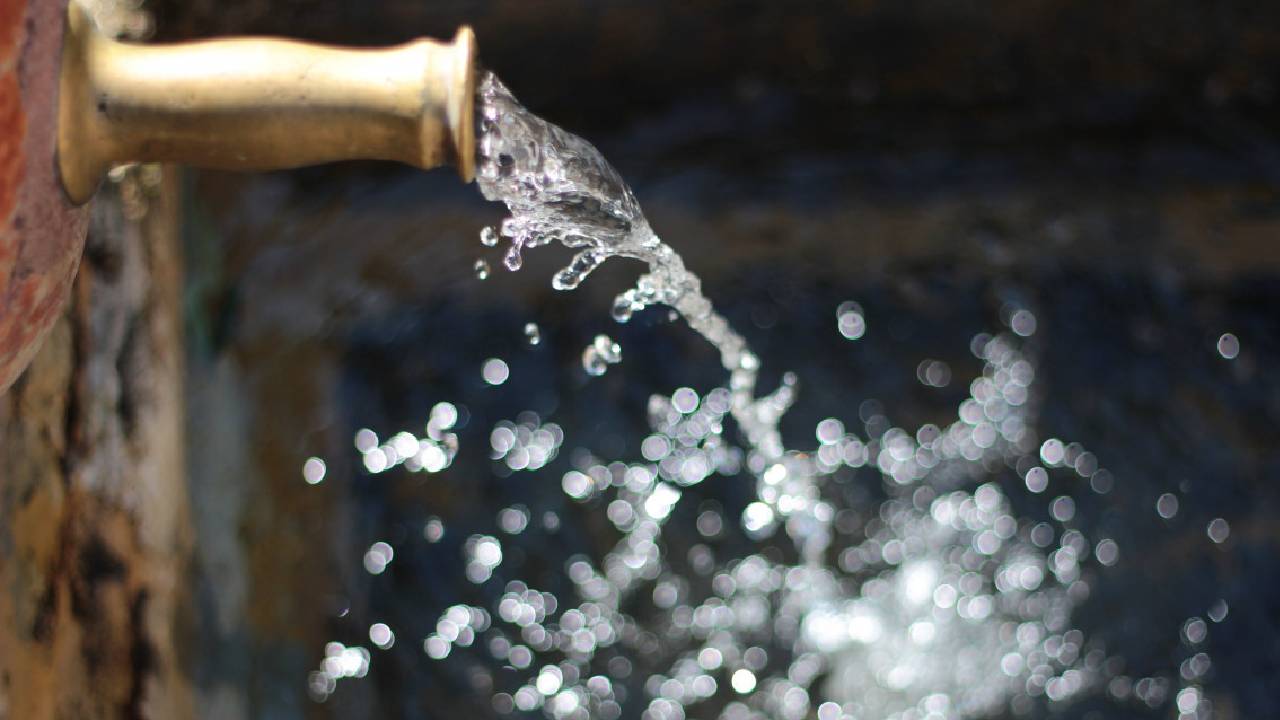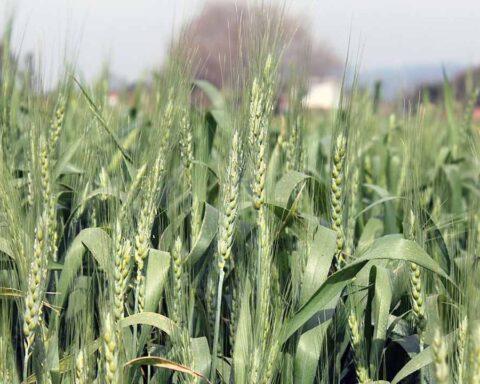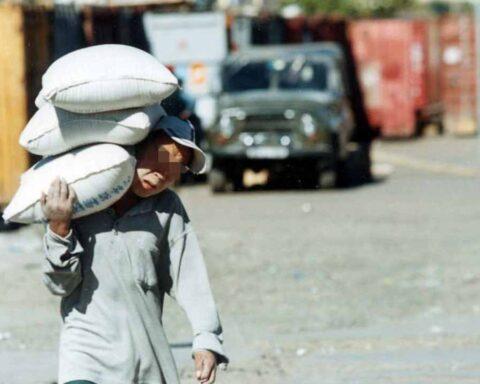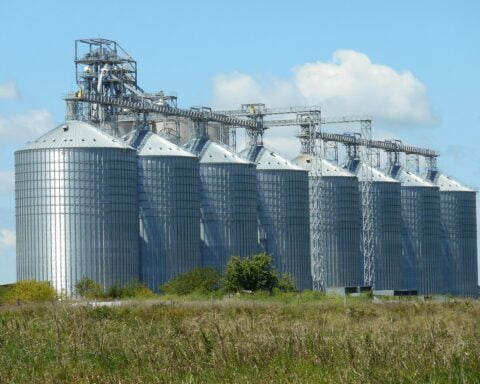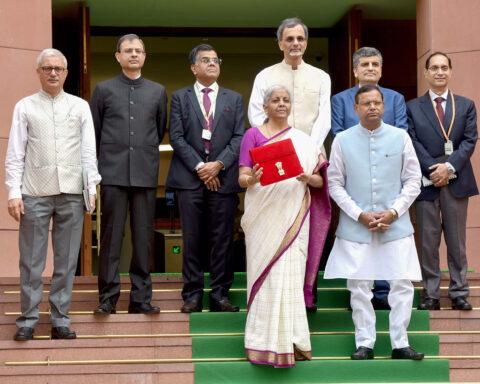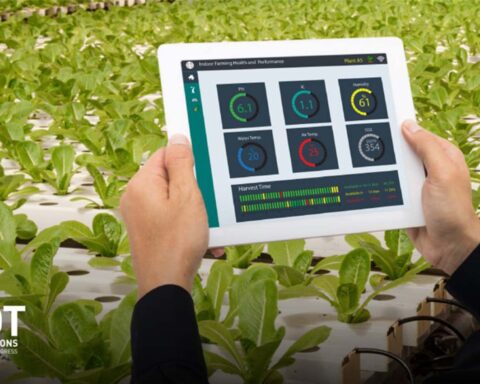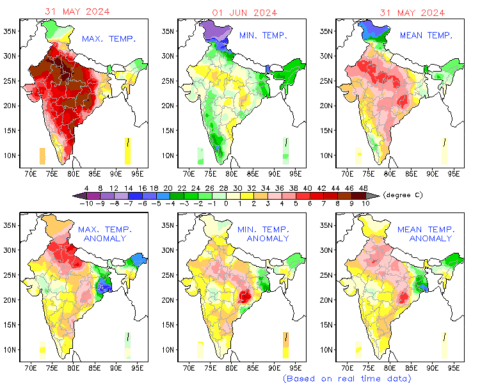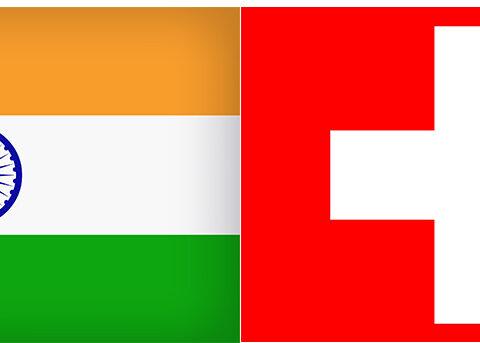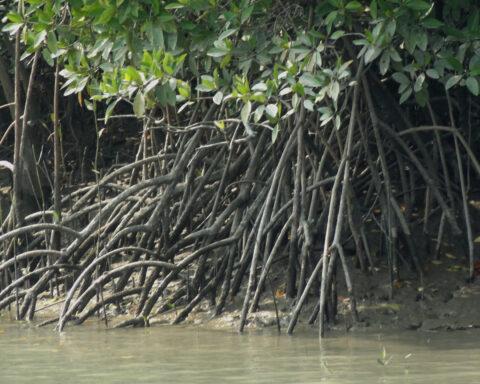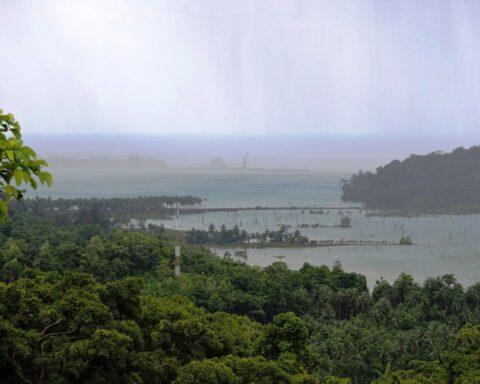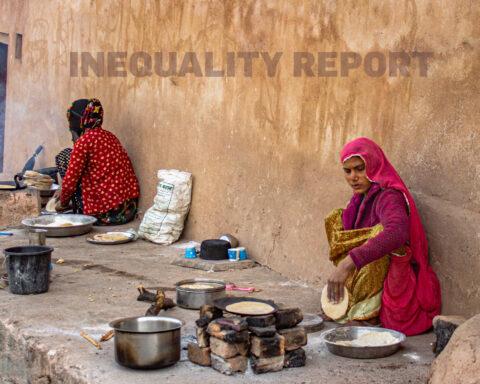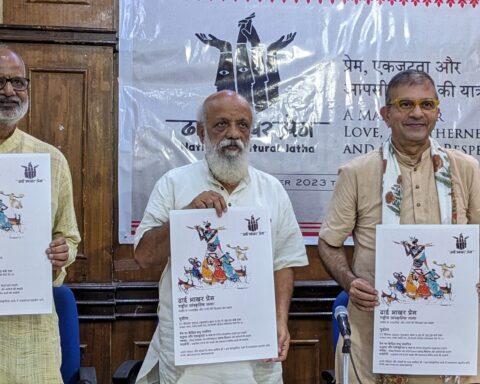India’s growing urban population is heading for a severe drinking water crisis by 2050, according to a UN report released in New York in March this year. This alarming projection was revealed in the United Nations World Water Development Report (UNWWDR) for 2023, made public at the three-day UN Water Conference at the UN headquarters from March 22 to 24.
The conference began on a sombre note with UN Secretary General Antonio Guterres declaring that water was “in deep trouble”. He called for speeding up action to deal with the crisis. Not mincing words, he drew a grim picture. “We are draining humanity’s life-blood through vampiric over-consumption and unsustainable use, and evaporating it by global warming. We have broken the water cycle, destroyed ecosystems and contaminated groundwater.”
That he was not exaggerating was clear from the UNWWDR’s opening section on the “State of the World’s Freshwater Resources” which cited some worrying figures about the global urban population’s access to water. As of 2016 there were 933 million people among the world’s urban population who dealt with water scarcity. This number is expected to rise to between 1.7 to 2.4 billion by 2050. India will be the most severely affected as it will be home to a quarter of this population.

